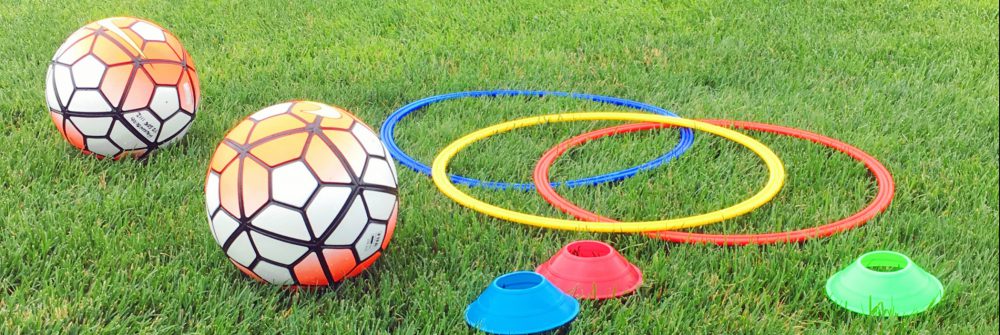Chapter: The Importance of Process for Youth Athletes
In the world of sports, success is often measured by wins and losses, personal records, and other tangible accomplishments. Pressure on results, intentional or not, is a constant reminder for youth athletes. However, focusing solely on outcomes can be limiting and discouraging for youth athletes. Instead, it is important to place greater emphasis on the process – the daily habits, routines, and actions that lead to success. In this article, we will explore the importance of process for youth athletes and how it can help them achieve their goals.
The Importance of Process
- Consistency
One of the key benefits of focusing on process is that it promotes consistency. When athletes focus on daily habits and routines, they are more likely to stay motivated and maintain their commitment to their goals. By consistently working towards their goals, athletes can build momentum and achieve greater success over time.
- Focus on Development
Another benefit of process is that it encourages athletes to focus on development rather than just outcomes. Rather than simply striving to win or achieve personal bests, athletes can focus on improving their skills and technique, building their endurance, and becoming stronger mentally and physically. This emphasis on development can lead to more sustainable success in the long term.
- Reduced Stress and Anxiety
Focusing on process can also help reduce stress and anxiety for youth athletes. When athletes focus solely on outcomes, they may become overly anxious and stressed about their performance. However, by focusing on daily habits and routines, athletes can feel more in control of their performance and less stressed about the outcome of a single event or game.
How to Focus on Process
- Set Process Goals
To focus on process, it is important to set process goals. These are goals that focus on daily habits and routines, such as practicing certain skills for a set amount of time each day or committing to a regular exercise routine. By setting and tracking progress towards process goals, athletes can stay motivated and maintain their commitment to their goals.
- Emphasize Growth Mindset
Another important aspect of focusing on process is developing a growth mindset. This means viewing setbacks and failures as opportunities for learning and growth, rather than signs of inherent limitations. By adopting a growth mindset, athletes can stay motivated and focused on development, even in the face of challenges.
- Track Progress
Finally, it is important to track progress toward process goals. This can help athletes stay motivated and make adjustments to their routines as needed. Tracking progress can also help athletes celebrate their successes and stay motivated, even during periods of slow progress. See the previous post on Journaling and to learn some tips on tools that you can use to track your progress.
Conclusion
Focusing on process is essential for youth athletes who want to achieve their goals and enjoy sustainable success in the long term. By emphasizing daily habits and routines, athletes can develop greater consistency, focus on development, and reduce stress and anxiety. Strategies such as setting process goals, adopting a growth mindset, and tracking progress can help athletes stay motivated and committed to their goals, even during challenging times. The Secret Sauce for Youth Athletes is series of habits and practices that when adopted by athletes, can help then realize their potential while simultaneously developing important and essential life skills to carry into adulthood. Subscribe or follow for more practical tips and guidelines for unlocking the code for athletic success.




